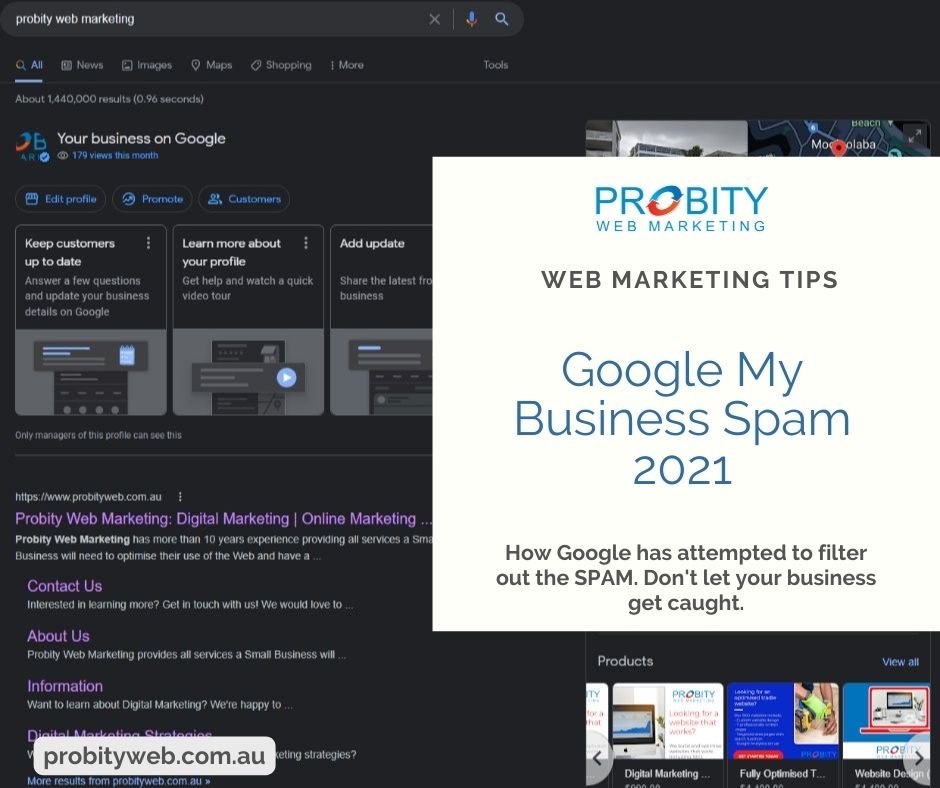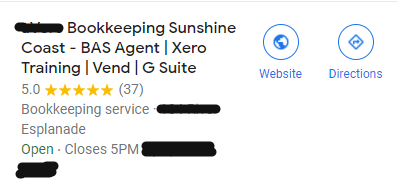Published: March 30, 2022 Last Updated: March 31, 2022
Google My Business Spam 2021

Google My Business is Google's free map listing for business. Unbelievably, it's been around since 2004 when it was released as Google Local. Initially they got their listings from Yellow Pages to ensure they had enough to start with and then opened it up so businesses could either submit their own listings or take ownership of their existing listing from Yellow Pages.
Since that time, Google has rebranded Google Local numerous times so that the average business owner has no idea what we are talking about when we say "Google My Business". Here are some of the names it has been called over the years:
- 2004 - Google Local
- 2006 - Google Maps
- 2010 - Google Places
- 2012 - Google+ Local
- 2014 - Google My Business
To this day, we find the majority of business owners refer to it as a "Google Map Listing". No matter what it was called, Google My Business listings have become an important part of any Local SEO strategy.
Google My Business and spam
As businesses (and SEO Companies) started seeing Google My Business listings showing at the top of search pages, they started to try and work out ways to get their listings at the top. Unfortunately, many of these strategies were against Google's policies and were what we know as spam. Some of the spammy techniques used are:
- Putting the main keywords/services in the business name field so Google will rank you for it
- Putting the main service area in the business name field

- Multiple listings. One listing for each service area.
- Using fake addresses for the area you want to service eg. house addresses, serviced office addresses etc
You can read the full list of what is and isn't allowed on the GMB Guidelines page on Google Help section.
How Google deals with spam
In the past, Google has been really bad at dealing with spam. As a digital marketing agency, we try and do best practice; so it has been frustrating seeing all this spam and nothing being done about it. In the last few years that has slowly been changing. Google realised that spam had got out of control and affecting the results, so searchers weren't getting the best results for their search.
Google recently announced the actions they took during 2021 to keep their listings clean. Some of these were:
- Deleted 7 million fake listings
- Stopped 12 million fake listings from being submitted
- Stopped 8 million attempts at claiming listings that didn't belong to them
- Disabled over 1 million listings due to policy violations
- Blocked or removed over 95 million reviews due to policy violations
- Took down over 1 million reviews that were reported directly to Google.
What about the ranking algorithm?
At the end of 2021, Google made changes to the ranking algorithm for local search results to try and further clean out spammy listings. BrightLocal (a Local SEO platform) did a before and after review of listings using their platform and found some interesting (and positive) results. Among other findings, they found that GMB listings with spammy keywords in the business name field, dropped on average 25 spaces. On the flipside, listings without keywords in the name and under 30 characters moved up on average 16 spaces.
So what does all this mean?
Essentially this all means that if you're doing spammy things with your GMB listing and doing things against Google's guidelines, then you're more likely to get caught or to lose rankings. So maybe now is the time to clean up that listsing.
References:
https://blog.google/products/maps/how-we-kept-maps-reliable-2021/
https://www.brightlocal.com/research/vicinity-gbp-spam-impact/

